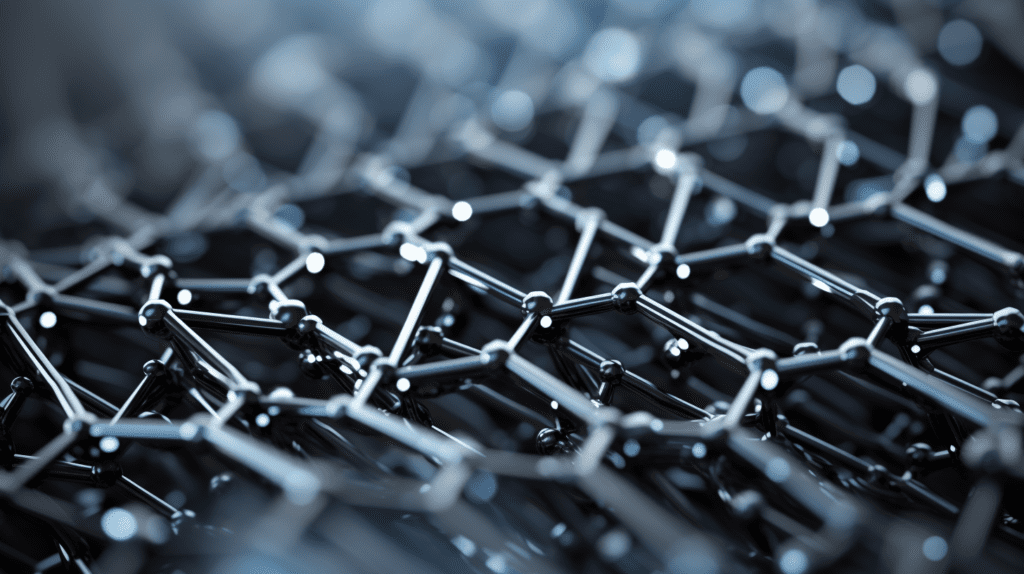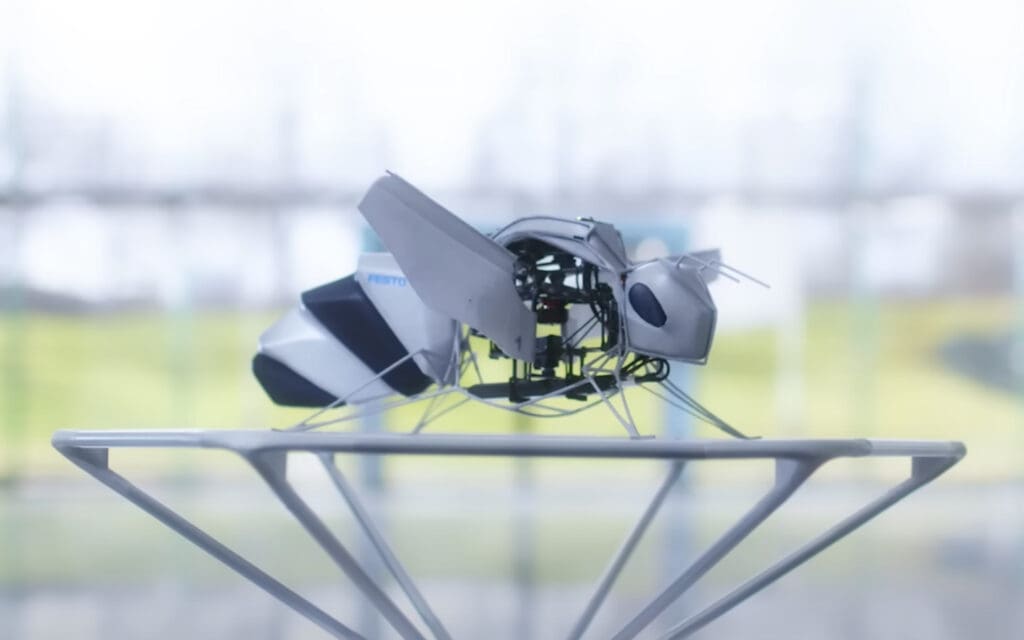To infinity and beyond? NASA will soon test a two-way space communication system, using high-speed lasers. The space agency aims to establish a new standard in deep space communication, paving the way for high-speed internet in space.

High-Speed Internet in Space
NASA will soon send a signal between ground facilities and the International Space Station (ISS). The U.S. space agency hopes to boost data transmission speeds between 10 to 100 times the current capabilities.
Since the very beginning of America’s space program, the standard communication technology has been radio. Radio has been the standard, since Sputnik first orbited Earth over 65 years ago, space.com reports. It remains the way NASA communicates with the Perseverance rover on Mars.
However, in the digital age, increasing amounts of data are being sent. As a result, radio technology is aging poorly.
As opposed to radio waves, data can be encoded far more densely into light. Therefore, optical systems are being explored as a communications medium for sending high-speed data between ground facilities and spacecraft.
Read More: What Does Space Smell Like? You Might Not Want to Know
ILLUMA-T
NASA is preparing to launch and test its first two-way, end-to-end laser communications system. The system is called the Integrated Laser Communications Relay Demonstration Low Earth Orbit User Modem and Amplifier Terminal or “ILLUMA-T.”
ILLUMA-T will be launched in November aboard Elon Musk’s SpaceX’s Dragon spacecraft.
A Falcon 9 rocket is currently scheduled to launch at 10:01 p.m. EST Sunday, Nov. 5 at the earliest. It will take off from Launch Complex-39A at NASA’s Kennedy Space Center in Florida.
How ILLUMA-T Will Work
NASA’s ILLUMA-T system consists of a telescope and a two-axis gimbal. This will be installed on the exterior of the International Space Station. ILLUMA-T will track and communicate with NASA’s satellite the Laser Communications Relay Demonstration (LCRD). The satellite was launched back in December 2021 and remains in a geosynchronous orbit.
After receiving signals from ILLUMA-T, the LCRD satellite will beam the signals to stations on the ground in Hawaii and California.
Once the ground stations receive satellite signals, they will forward those to the ILLUMA-T team at Goddard Space Flight Center. NASA technicians will then check to ensure that the signal is both high quality and accurate at laser speeds.
NASA plans to test different speeds for quality and accuracy. Their main goal is to relay data at speeds of 1.2 gigabits per second. If this speed is successful, it will be up to 100 times faster than the prior radio communications. Further, it will be twice as fast as the previous laser-based test.
Read More: 4.5-Billion-Year-Old Space Rocks Dropped Off by Mother Ship
A New Space Communication Standard for the Future
NASA has good reason to be hopeful. Last year, and testing laser data transmission using the TBIRD satellite, NASA successfully achieved data transmission at 100 Gbps.
Going forward, if the ILLUMA-T test is successful, NASA hopes it will set a new standard for space-based communication. NASA hopes to use this not only on the ISS but for its Near Space Network. The system would then be able to cover all the satellites orbiting Earth and the moon, as well as the Deep Space Network, which communicates with spacecraft farther away in the solar system.
Such technology would also make possible high-speed Internet on a future moon base.









